Christmas Bird Count Winding down
Tuesday, January 2nd, 2018This is Passport to Texas
The National Audubon Society’s annual Christmas Bird Count began December 14 and ends this Friday—the last day to collect data.
Teams of birders go in the circle and they repeat that every year. So the circle never changes. And after decades, you have some really neat data to look at.
More than one-hundred, 15-mile diameter counting circles dot the state. Cliff Shackelford, non-game ornithologist with Texas Parks and Wildlife, says circle organizers, called compilers, choose one day during the 3-week timeframe where observers tally species over a 24-hour period.
Some of the circles with few observers, [those people] cover that whole area in that circle. Some of the circles that are in really populated areas with lots of bird watchers like down on the coast, they’ll break up that circle into piece of pie: ‘And this is your piece of pie. You stay in this section and you count all the birds you can.’ If you want to get up at midnight and start counting one minute later, you can look for owls. Or listen for owls. It’s a 24-hour counting period per circle.
What happens to the collected and compiled data?
We use information from the Christmas bird count to determine where hot spots are for wintering species.
And with that knowledge researchers are better prepared to provide these birds with what they need to thrive.
The Wildlife Restoration program supports our series.
For Texas Parks and Wildlife…I’m Cecilia Nasti.
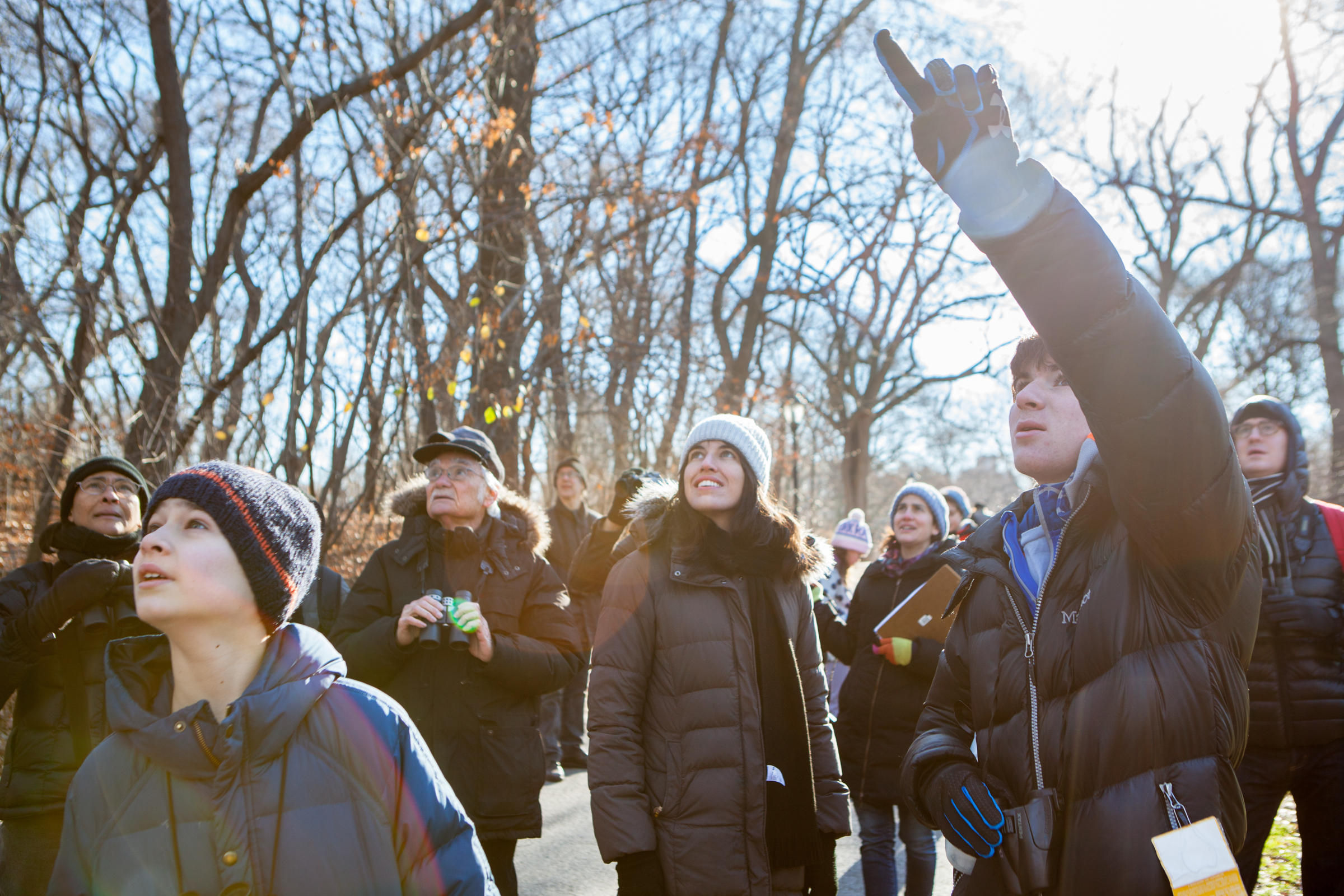

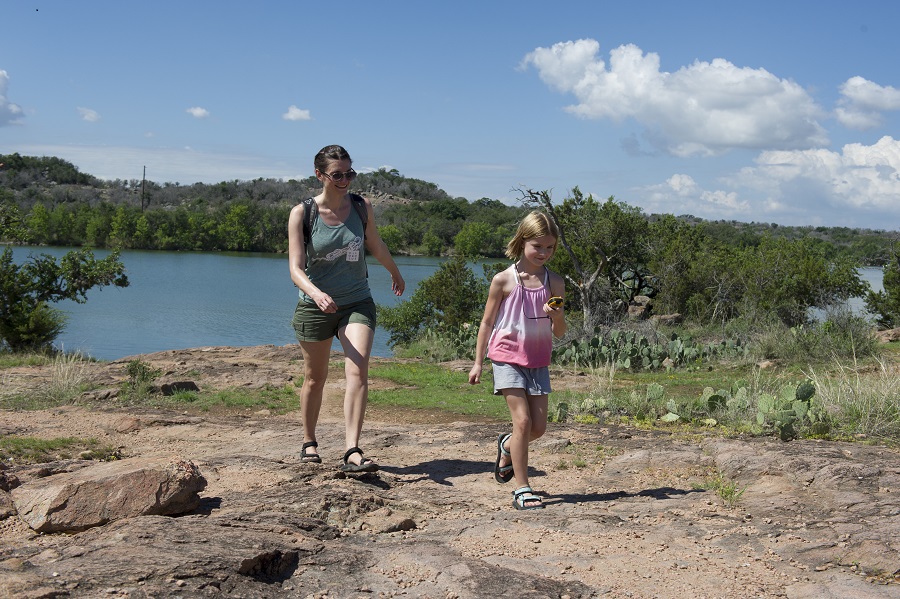
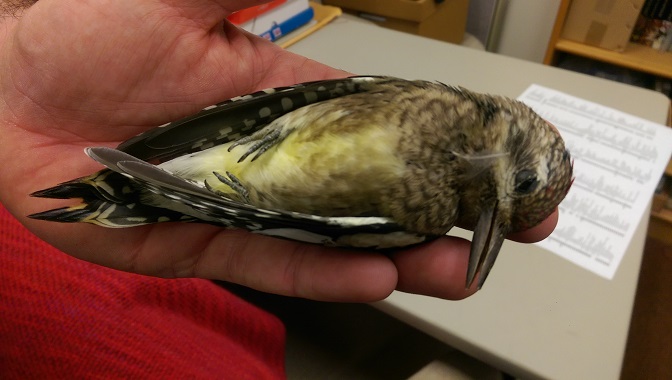
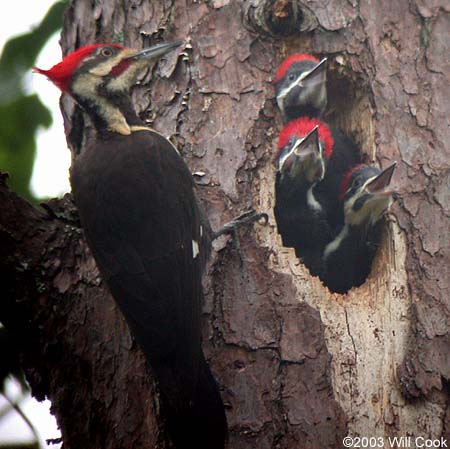
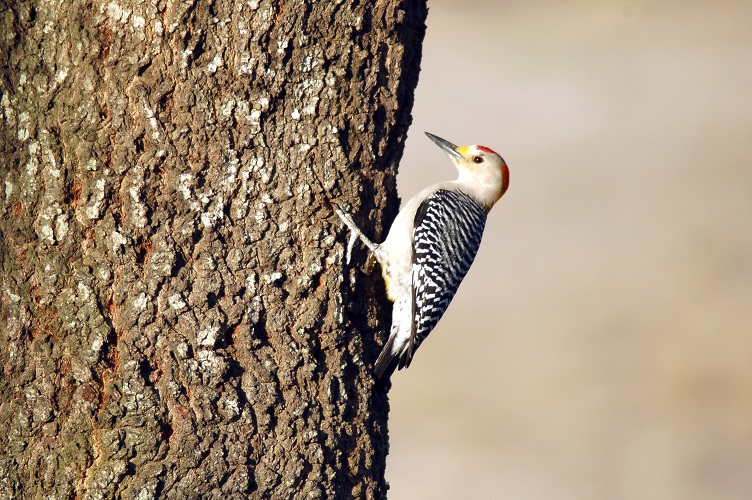

 Passport to Texas is a
Passport to Texas is a  Passport to Texas is made available by:
Passport to Texas is made available by: